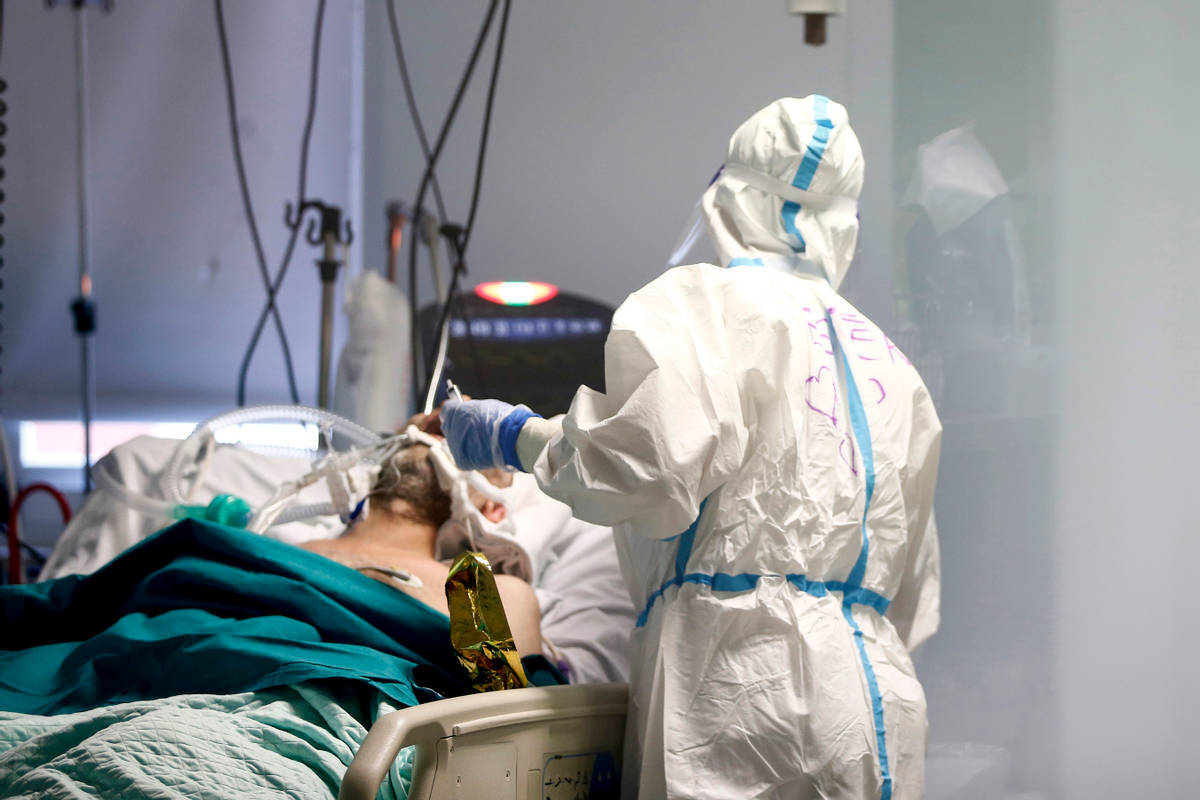A community in United States’ South Oregon faced severe a COVID-19 outbreak that led to the death of seven people and 300 people had to quarantine as they could have been exposed, reported The Washington Post.
As per a public health official, the outbreak was the result of one person who went to work even after having symptoms of COVID-19. This is being termed as a “super spreader action”.
Douglas County officials said the person, who went to work, tested positive for COVID-19 after suffering symptoms. Two such outbreaks have been traced back to the individual.
Health officer Bob Dannenhoffer of the Douglas County Public Health office said, “One of these outbreaks has caused seven deaths, and the other recent outbreak has put over 300 people in quarantine.” He added, “We can’t even imagine the tremendous remorse these people are feeling right now, and we sympathise with them.”
Read More: New COVID-19 strain in UK to cause more hospitalisations, deaths in 2021: Study
The Public Health officials of Douglas County chose not to disclose the name of the workplace or the individual responsible for the outbreak, according to The Washington Post.
Douglas County has been a hotspot for the COVID-19 since the start of the pandemic. It has reported more than 1,315 cases and 37 deaths till now. The two recent outbreaks account for 20% of the deaths in the county.
It was one of the 28 jurisdictions in Oregon to be declared as an “extreme risk” zone. The state of Oregon accounts for 103,755 cases of COVID-19 and 1,347 deaths.
The state-of-emergency order has been extended till March 3, 2021, by the Democratic governor of Oregon. This extension makes room for numerous executive orders which will help continue the restrictions on large gatherings, indoor dining and many business operations. As per the statewide order, the residents of Oregon will have to use face masks in public. However, not everyone has fully accepted the preventive actions taken by the authorities and has resulted in anti-lockdown protests.
Community spread of the coronavirus, including inside workplaces, has been an ongoing problem across much of the US.
In the US, the community spread of COVID-19, specifically in workplaces, has been one of the biggest contributors to the spread.
After many offices were being forced to temporarily restrict operations, employees have been working from home for months to mitigate the spread of COVID-19. However, as the pandemic is not showing signs of stopping, many offices and workplaces had to reopen. Moreover, people working in essential fields could not avoid going to work.
To prevent the virus from spreading, companies that needed employees to return to in-person work put up plexiglass barriers, implemented daily temperature checks and required workers to wear masks while in close proximity to others.
Despite those efforts, the virus has still spread. Workplace outbreaks have hit meat-packing plants, warehouses, grocery stores, schools, nursing homes and hospitals. Courthouses and city halls have shut down as cases spread among government employees.
Read More: Mexico, country with fourth highest COVID-19 deaths, starts vaccination
Workplace outbreaks in the US have been beyond control and have infected places like grocery stores, warehouses, nursing homes and schools.
And while “superspreader” events, like large weddings and holiday parties, have captured headlines, public health officials warn that people who choose to go to work sick are also driving outbreaks in their communities.







